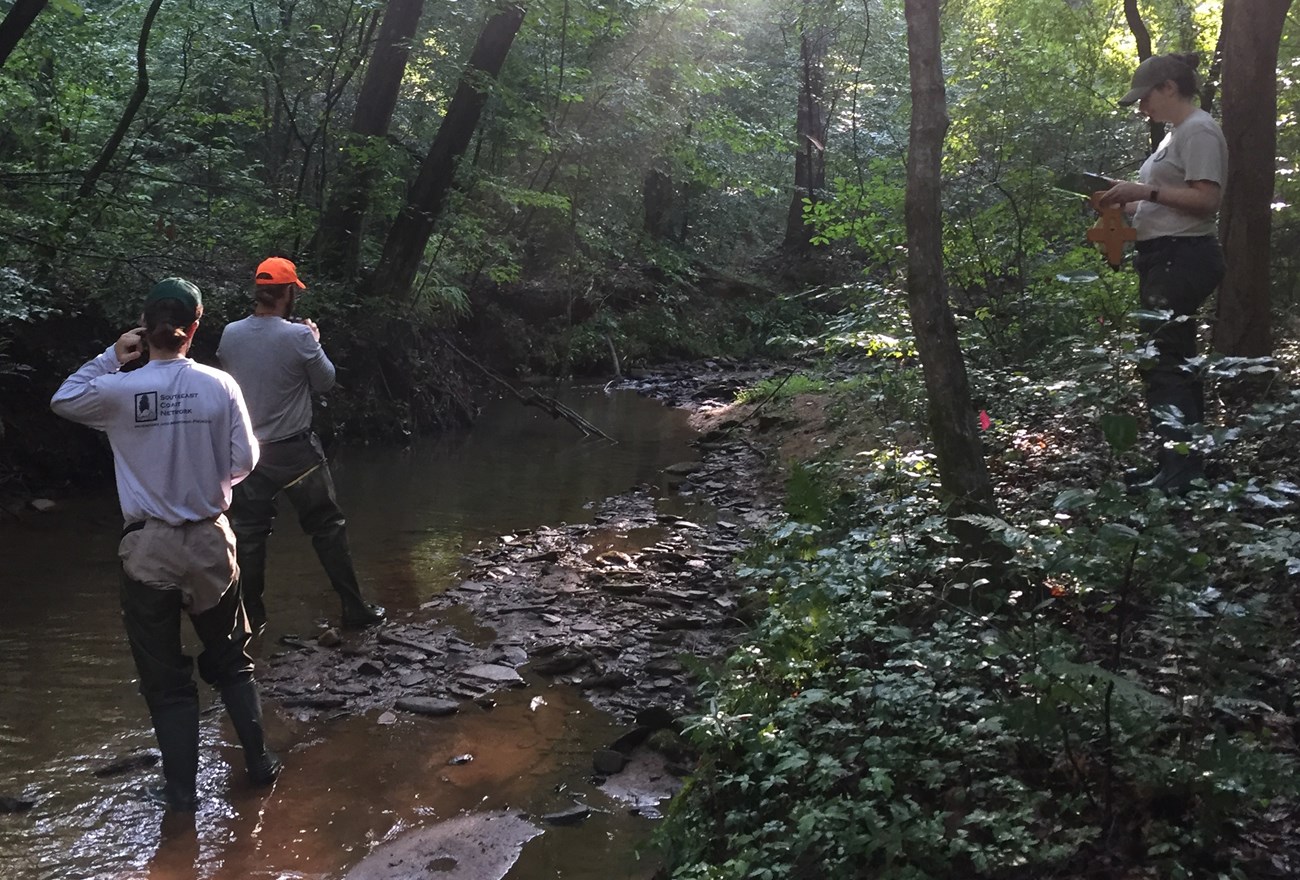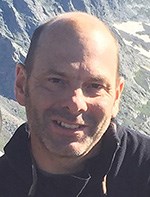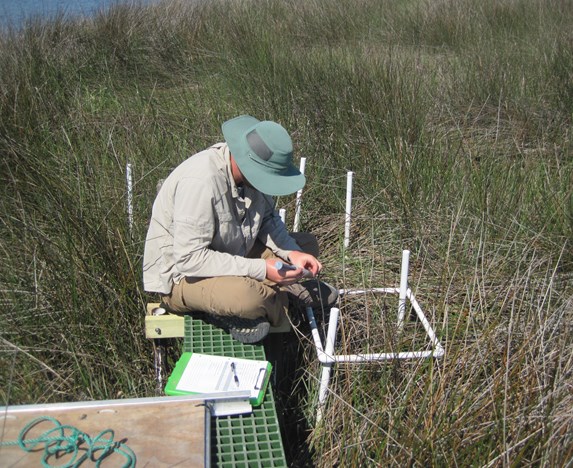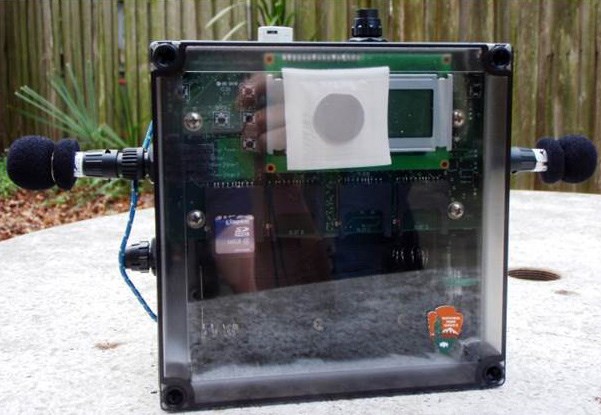Last updated: May 18, 2023
Article
Southeast Coast Network News July 2017

Photo courtesy of Eric Starkey, SECN
Newsworthy Stuff
- In June, at the age of 55, Ava Edmonson of the SECN editing staff completed her requirements to earn a Masters of Natural Resources from the Warnell School of Forestry and Natural Resources at the University of Georgia. Congratulations Ava!
- Our database programmer, Delaram (Dela) Yazdansepas successfully completed her oral PhD Dissertation Prospectus examination for the University of Georgia’s Computer Science Department. This milestone now clears her to proceed with doctoral dissertation defense in October.
- Lisa Cowart Baron attended the NPS Southeast Region GIS meeting in Atlanta in May. Earlier this month, she presented a poster at the 2017 Research Symposium, which focused on Georgia Sea Grant’s research program. Baron’s poster highlighted the network’s I&M coastal program including shoreline and salt marsh monitoring efforts, and partnerships. A copy of the poster is available here.

NPS/SECN
From the Program Manager
The heat is on in the SECN and summer is a busy time for our program. Our staff has been out collecting data at almost every network park this spring and summer. I have had the opportunity to meet with many of you in person at the Inventory Scoping meetings held in your parks. I feel like I know each of you and your parks better each time we meet and I want to again say thanks to the superintendents who helped me facilitate these meetings. We have much more work to do this summer, so chances are you will see us again. Many thanks to park staff for assistance and guidance while we are working in your park. Hope to see you in your park soon.

Photo courtesy of Lisa Cowart Baron, SECN.
Field Work
Completed in June
- Vegetation monitoring was completed at the following parks: Congaree National Park, Moores Creek National Battlefield, Ocmulgee National Monument, and Fort Frederica National Monument.
- Wadeable stream channel monitoring was completed at Chattahoochee River National Recreation Area, Ocmulgee National Monument, and Kennesaw Mountain National Battlefield Park.
- Salt Marsh monitoring was completed at Timucuan Ecological and Historic Preserve.
- Water-quality data was gathered at Congaree National Park, Cape Lookout National Seashore, Fort Pulaski National Monument, Cumberland Island National Seashore, Fort Matanzas National Monument, Timucuan Ecological and Historic Preserve, and Canaveral National Seashore.
- A back barrier island survey was completed at erosional areas at Cumberland Island National Seashore.
Upcoming in July
- Pete is visiting water-quality stations at Fort Pulaski National Monument, Cumberland Island National Seashore, Timucuan Ecological and Historic Preserve, Fort Matanzas National Monument, and Canaveral National Seashore July 17–19. He will be at Congaree National Park July 20–21.
- Sarah is conducting vegetation monitoring at Canaveral National Seashore the week of July 2–12.
- Lisa will conduct Salt Marsh Monitoring at Timucuan Ecological and Historic Preserve July 11-19.
- Eric and Pete are conducting a Coastal Assessment at Cumberland Island National Seashore July 31–August 5.

NPS photo
Automated Recording Devices
Automated recording devices (ARD) were deployed in five Southeast Coast Network parks in late February and early March of this year. The devices began collecting recordings for anurans and birds in early March at Canaveral National Seashore, Congaree National Park, Fort Frederica National Monument, Moores Creek National Battlefield and Ocmulgee National Monument. The ARDs recorded throughout the spring and will be collected over the next month. Processing of the recordings to detect all vocalizing anuran and bird species will begin this fall. There are several advantages to using the ARDs in conducting auditory monitoring of birds and anurans. For example, some species vocalize late at night when it can be difficult, unsafe, and expensive to deploy personnel to monitor. In addition, many samples can be collected over a long period of time, over a wide range of weather conditions. ARDs also creates a permanent record that can be evaluated by multiple people to improve accuracy and confirm species identifications. Since there can be times when multiple simulataenously-vocalizing species are present (e.g birds at sunrise), the devices can more accurately document all the sounds, including those that are rare or difficult to detect. Finally, field observers require many years of training and experience to become proficient in identifying wildlife vocalizations.

NPS photos
Tags
- warnell school of forestry
- nps southeast region gis
- georgia sea grant
- chattahoochee river national recreation area
- geoscientists-in-the-parks
- timucuan ecological and historic preserve
- southeast coast network
- automated recording devices
- ards
- inventory and monitoring division
- southeast coast network news
